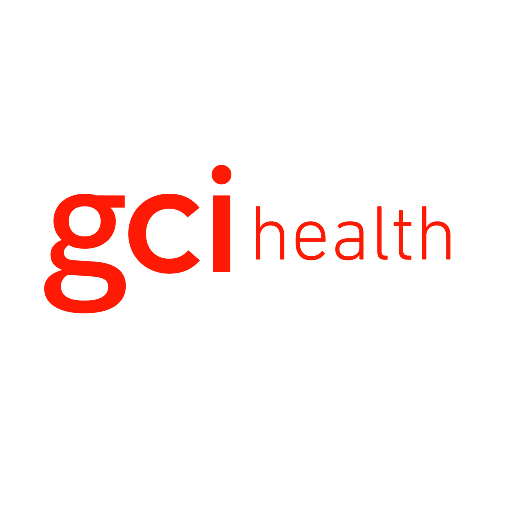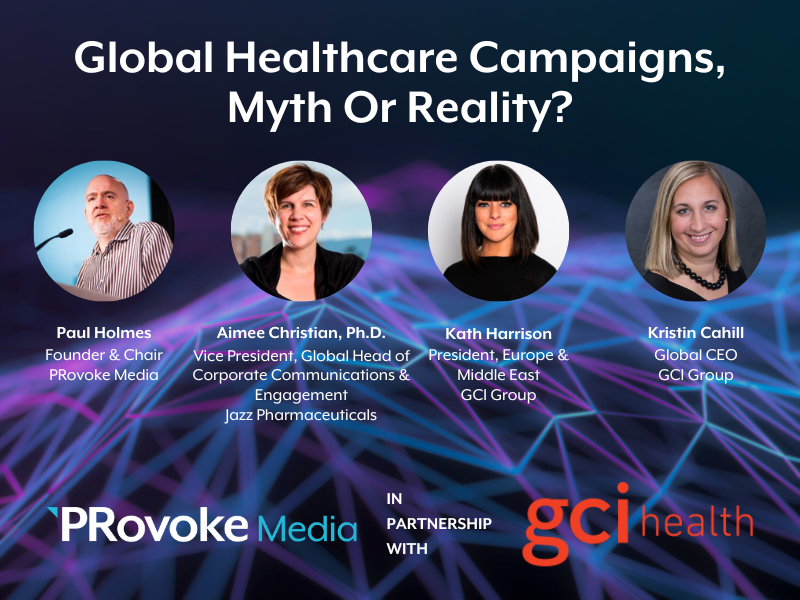GCI Health 10 Oct 2018 // 2:37PM GMT

The healthcare industry has gone from producing and assessing pools of product-related data to having to handle oceans of information about clinical decisions, risk factors, emerging treatments and clinical research options, prescribing trends, and purchasing practices. Just ten years ago, we were talking about a burgeoning era of big data in healthcare.
Today the industry has moved from the data accumulation stage to a point where its focus needs to shift to making the information timely and meaningful to a range of stakeholders – providers, payers, and even manufacturers – who are using a wide range of clinical outcomes and usage data sources to determine clinical guidelines, reimbursement, and marketing strategies. For decades, organizations in the retail, finance, and transportation industries have used big data to determine patterns in demand and usage.
These industries have also been employing predictive modeling and artificial intelligence to identify changes and trends that could have a significant impact over time. For example, many government agencies use data to find areas where there is an opportunity to create more efficient travel such as altering the timing of stop lights or adding another HOV lane. As healthcare communicators, we play a large role in determining how growing data sets can impact the healthcare industry by activating our audiences, regardless of whether we work with pharmaceuticals, medical devices, consumer health brands, or health technologies.
Data, such as number and types of prescriptions written, have been at the core of investor models and sales and marketing teams’ strategic plans for decades, but as available information has grown exponentially so has its ability to improve patient outcomes and reduce costs. Every brand team uses data to help emphasize the benefits of its product; to do this well, it is essential that they tease out and convey very specific information that resonates with their target audiences. Communicators can play an important role in this effort.
Our audiences – patients, providers, payers, partners and even investors – are being bombarded by marketing messages and need customized information if we hope to drive them to act. Today’s shift in personalized medicine and treatments means we are no longer starting at the top of the communications funnel, with the goal of reaching the widest audiences with the broadest messages.
It is crucial to identify the most salient points, for instance, fewer side effects, better outcomes or more efficient care models, from the oceans of information being accumulated through electronic health records, patient registries, and IMS reports, to name a few. One way to find these multi-faceted data gems in a timely fashion is to build strong relationships with other key disciplines such as clinical, regulatory, sales, and marketing. These partnerships should be one of the core strategies in your communications plan to identify early trends – good or bad – and adjust your efforts as needed.
Three things are essential to breaking through and driving healthcare executive decision makers, physicians and patients to take action: speed, specificity, and strength.
Speed: The old adage that time is of the essence is even more relevant in today’s communications and marketing landscape. Like news, data is outdated almost as soon as an analysis is complete, or a report is issued. Identifying trends in real time is essential to move the needle and influence change, such as shifts in patient behavior, the number of patients receiving prescriptions for a particular product, or payer perception of your brand. We must be able to quickly tap into information-rich resources, regardless of their origin, and deploy the insights gleaned from them across all communications channels. Being nimble to identify and incorporate current information can obviously support adoption and propel change faster, but – more importantly – quick action can also help curtail negative trends or misconceptions.
Specificity: As with everything else, packaging is just as important as the information itself to effectively engage the audience we are trying to reach. Physicians and healthcare executives want to know how your product, whether it’s a clinical decision support tool, diagnostic, device, or therapeutic, is going to improve patient outcomes in today’s value-based care environment. On the other hand, patients want to know how it will make them better, faster. While payers are looking at the economic benefits – will this keep patients out of the hospital or reduce the chance for other complications? As communicators, we need to ask ourselves whether the evidence we are using will engage and activate our target. We can use the same data and resources across communications channels and audience messages, but how well we tease out the salient points and share them with each target will determine our success.
Strength: Finally, we’ve probably all heard the saying that the best defense is a good offense, which could not be truer of product communications. Successful communications boil down to how well you can differentiate your brand from the competition. Regardless of whether you are building a new market (first-of-kind product), have a fast-follower on your heels or your brand is that next-generation product, you must consider the strength of your message and supporting data. The more robust, timely and integrated the information is, the more effective your campaign will be in getting someone to choose your brand over another.
While this all may seem obvious, the secret to success is your communications strategy recipe – the proportions in which you use these key elements. For physicians and payers, data is king and long-term data and trends often have more of an impact, whereas patients often rely more on personal experience and basic information such as how fast a drug works or possible side effects to compel them to seek out more information or talk to their physicians.
In the end, we must tell a consistent story to avoid confusion between doctors and patients, or payers and healthcare executives. Aligning with other disciplines on trends and data resources will help ensure a cohesive and robust engagement strategy that will make your brand as strong as possible. Building your connections and uncovering those data-rich gems will help your communications program thrive.
 Edie DeVine is a Senior Vice President and the Director of Medical & Health Technology with GCI Health with over 20 years of experience in life science communications and investor relations
Edie DeVine is a Senior Vice President and the Director of Medical & Health Technology with GCI Health with over 20 years of experience in life science communications and investor relations


































.jpg)














